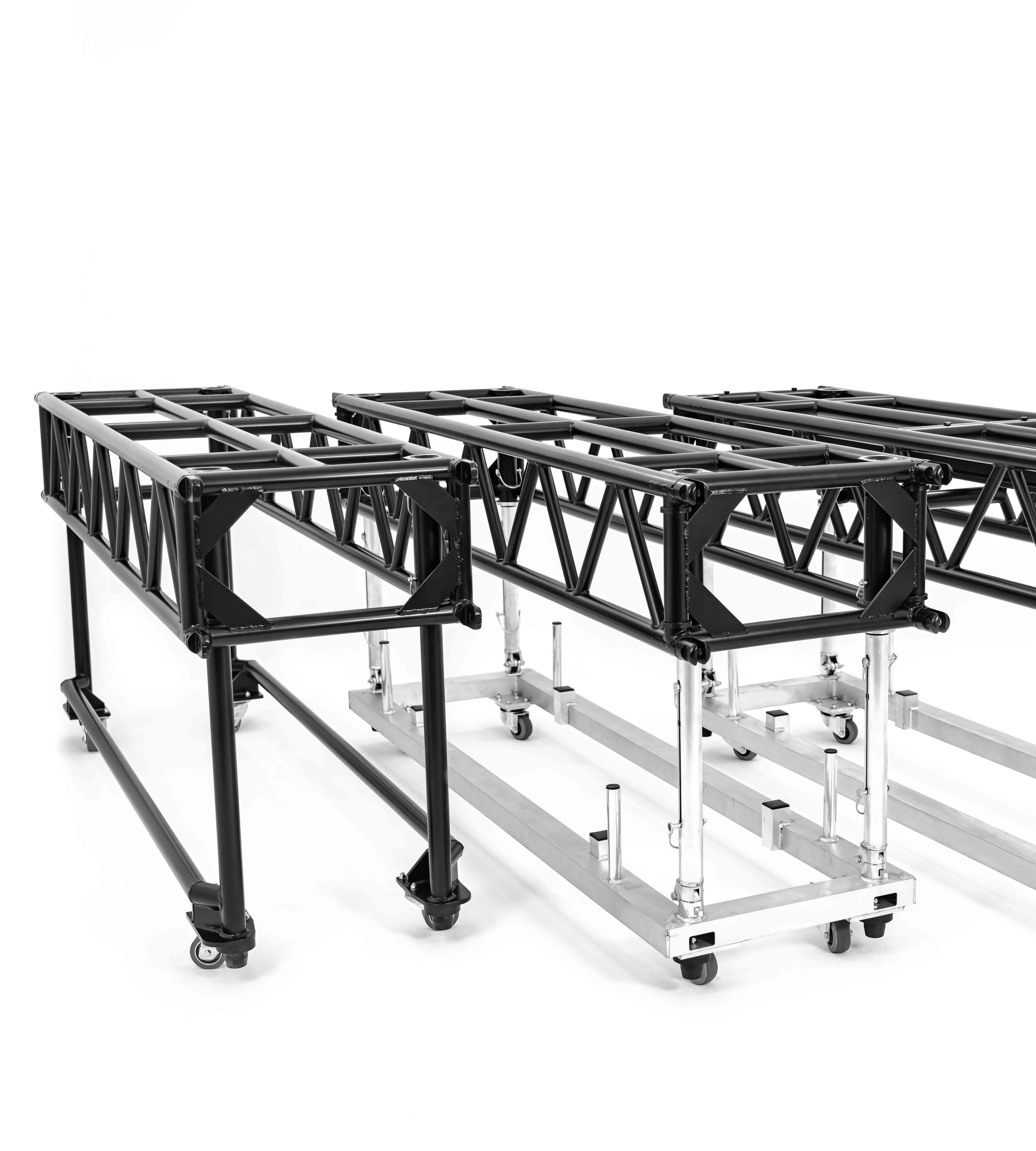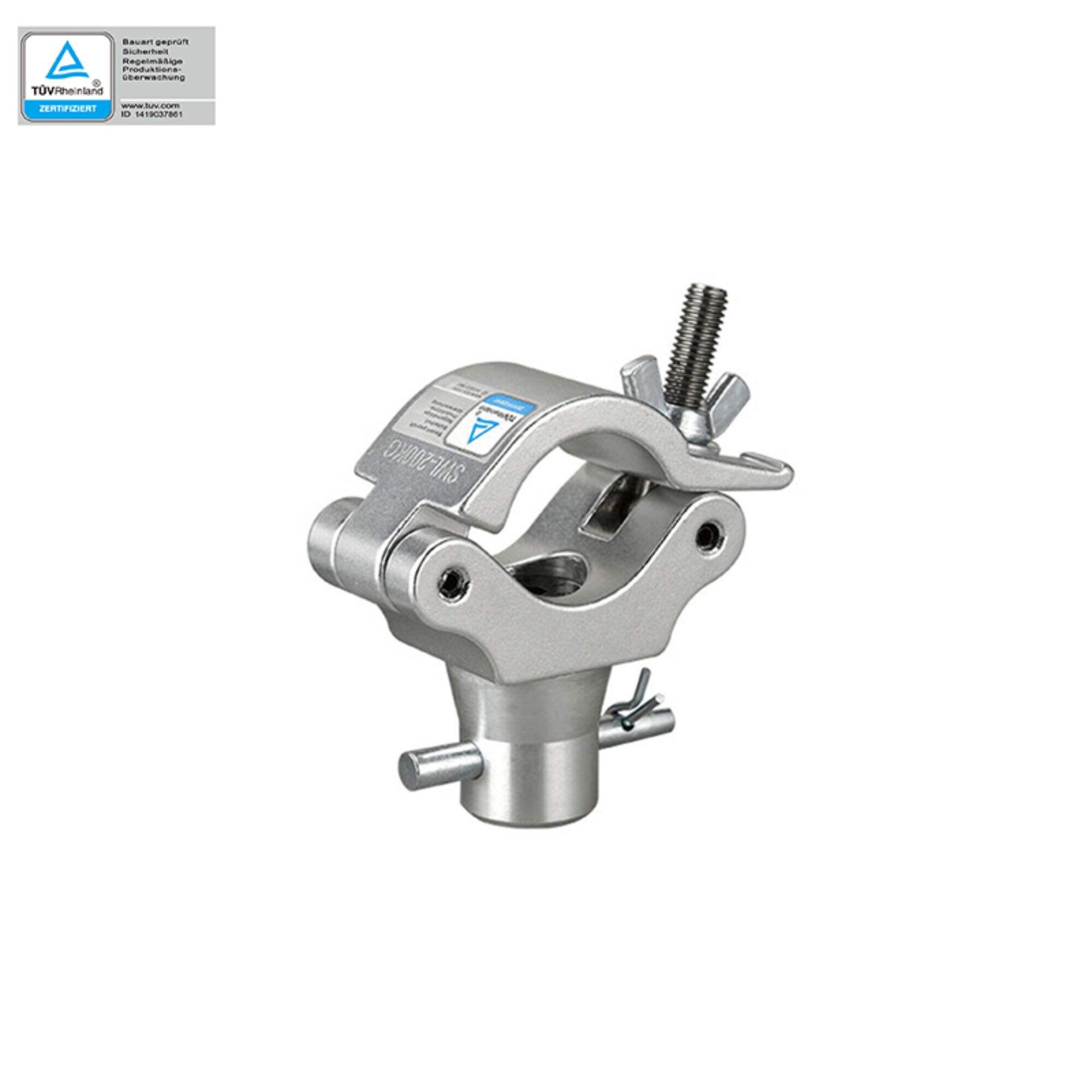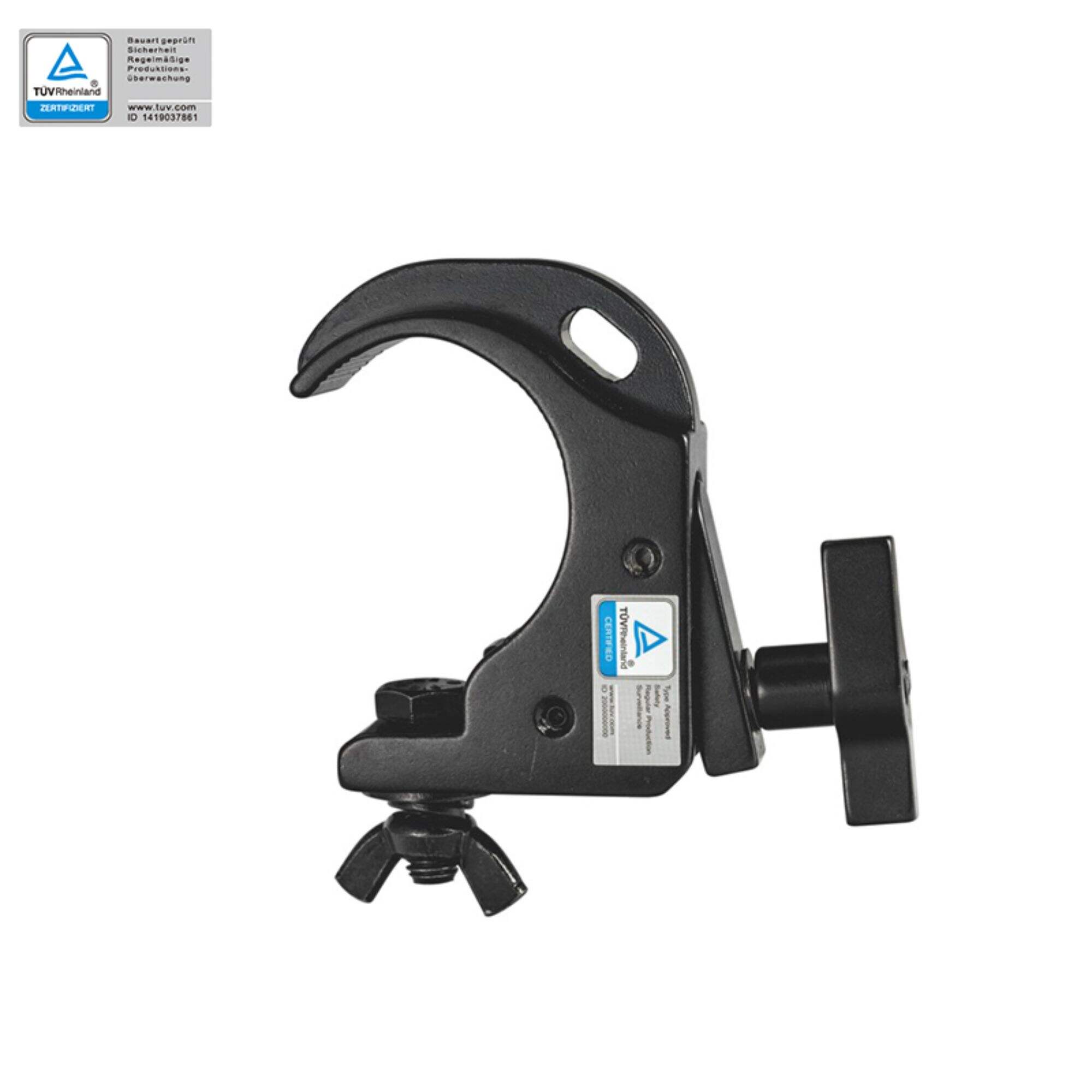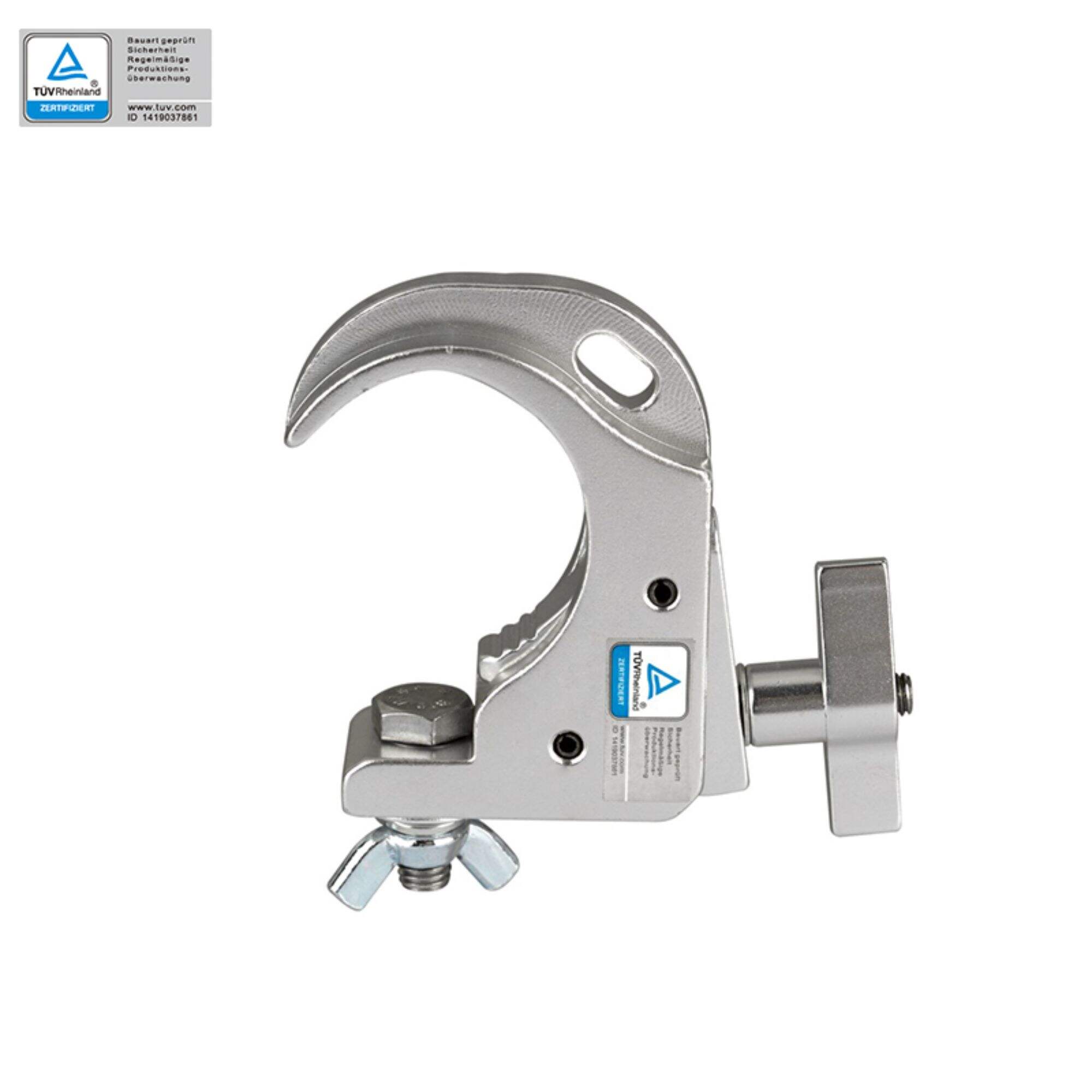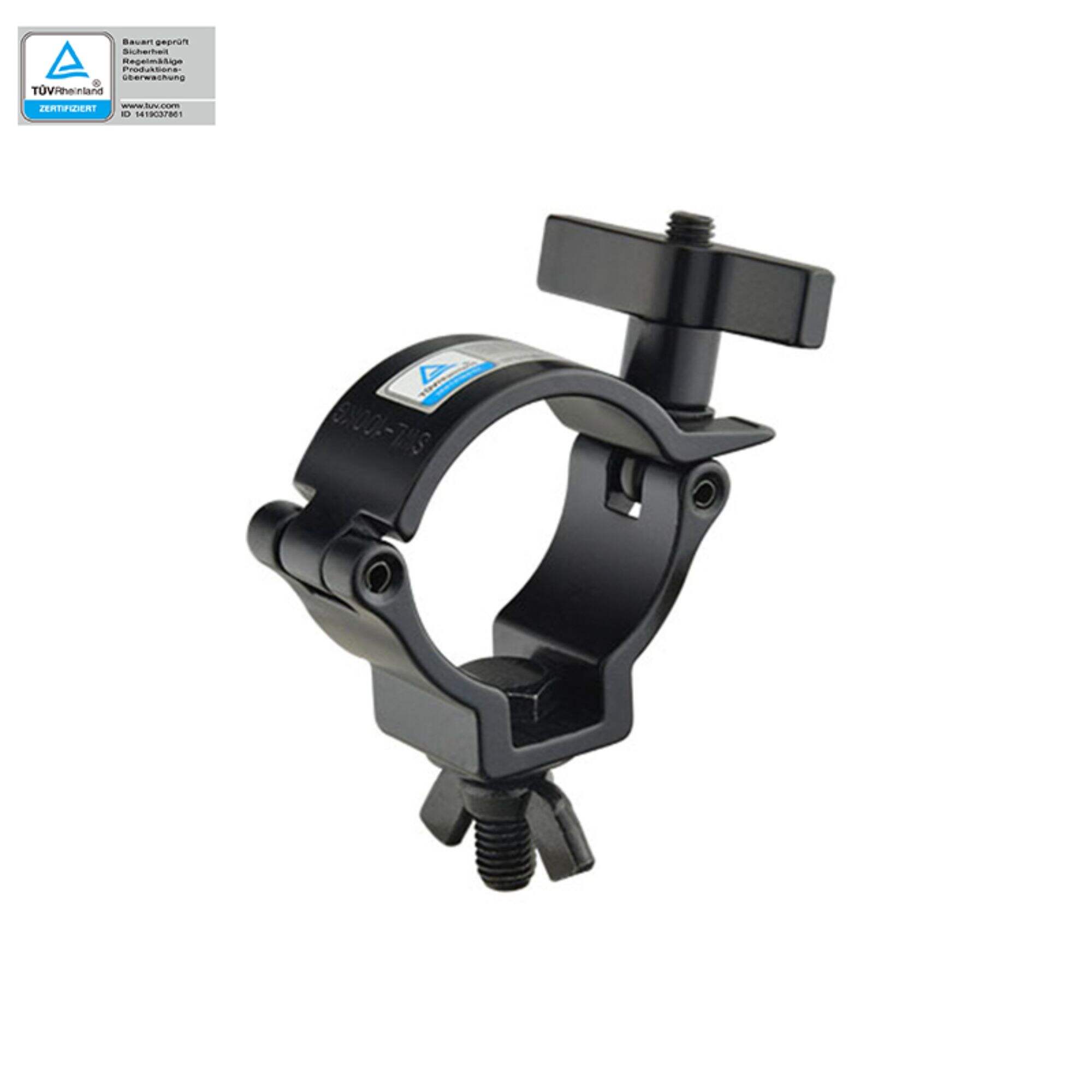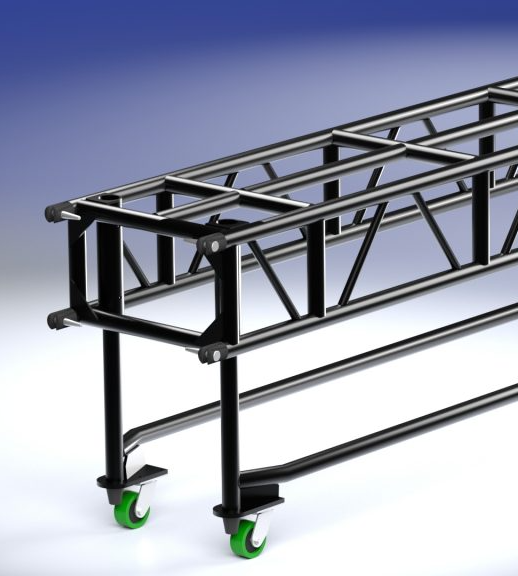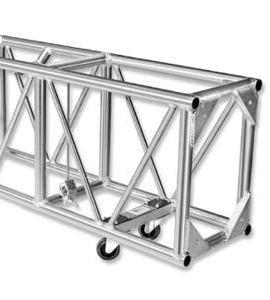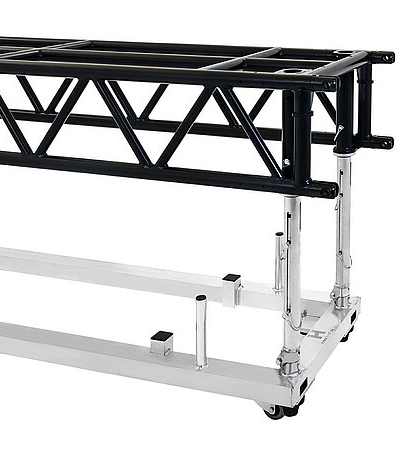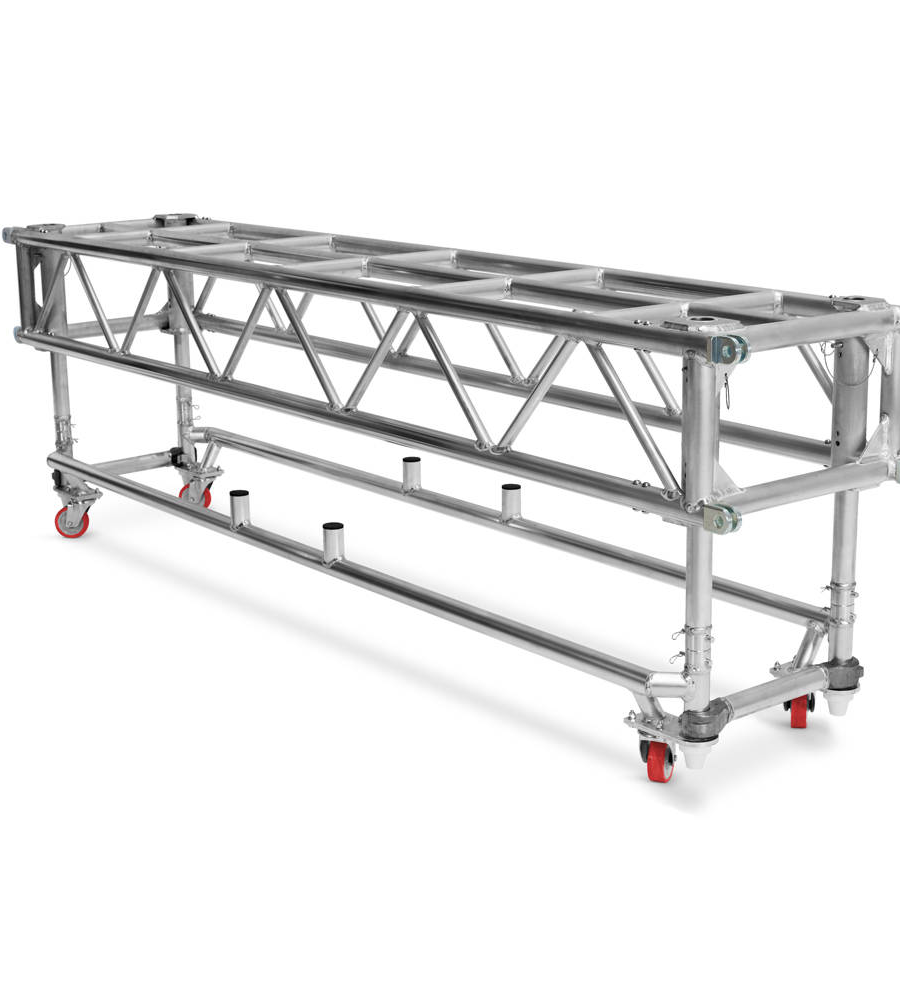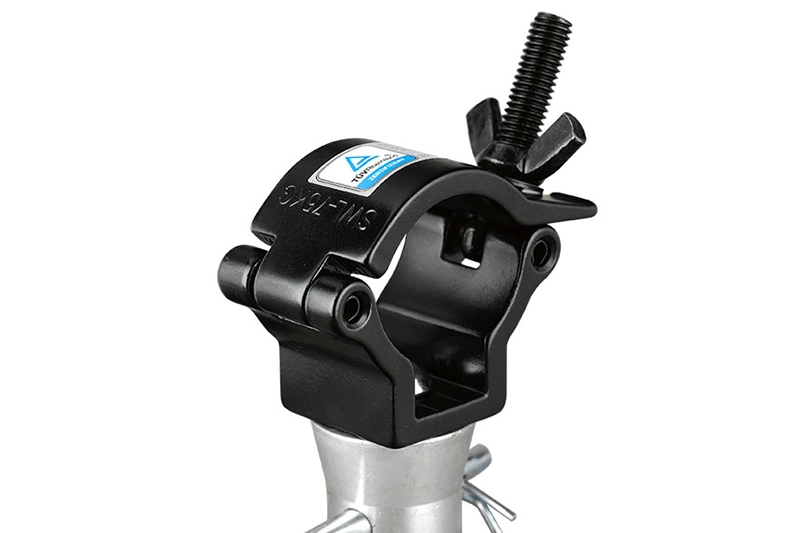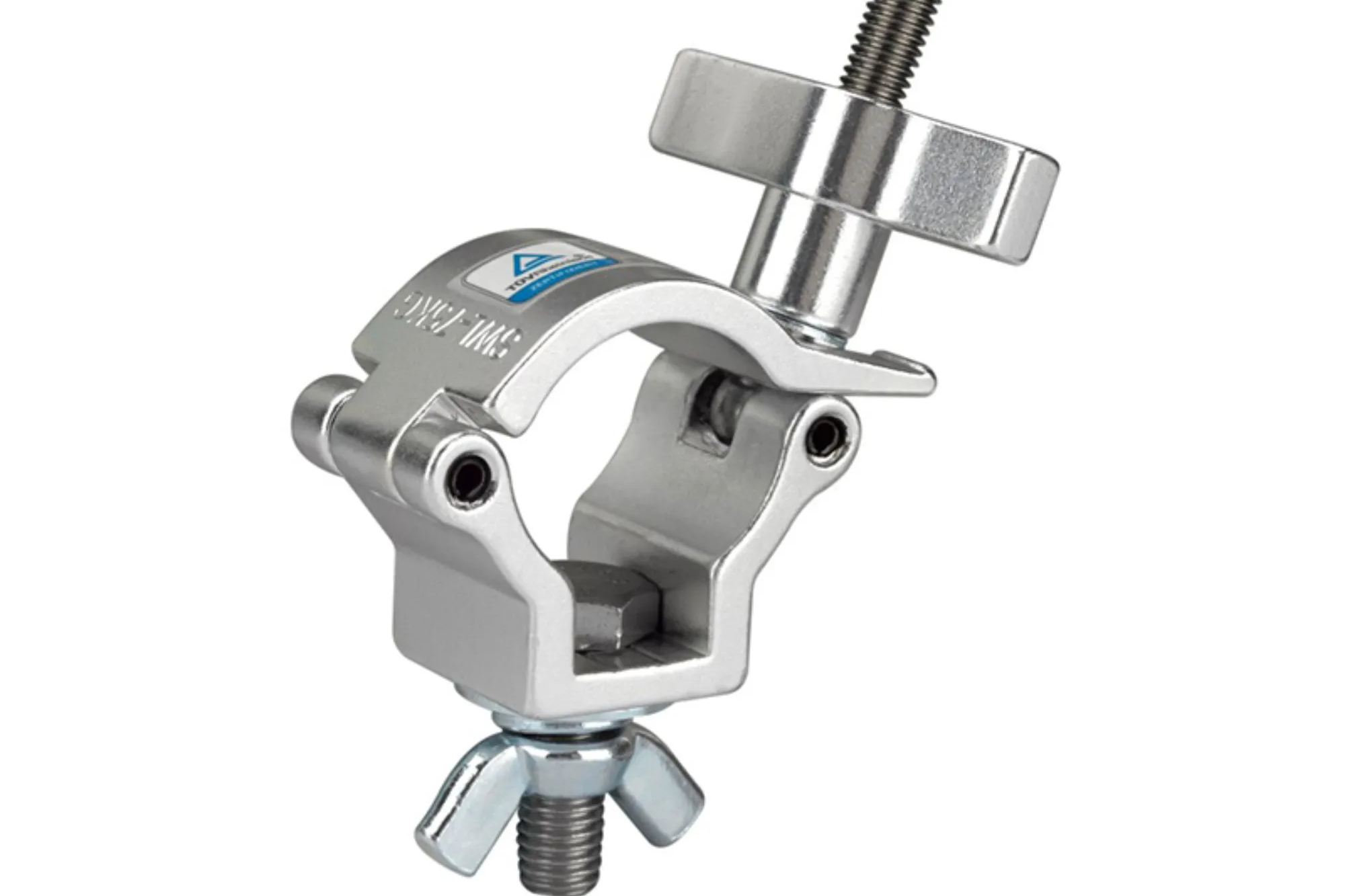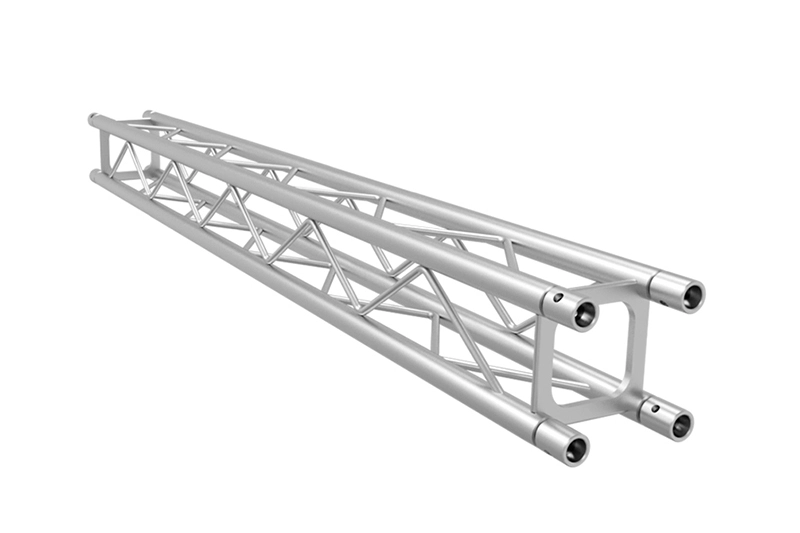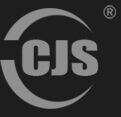Шенџен Чангџианшун Сајенс и Технолоџи Ко., Лтд., стратегски локализирана во Шенџен, градот кој е во фронтот на реформите и отворањето на Кина, се специјализира во производство и продажба на куќишта за сценички лампи и хардуер. Нашата компанија, обезбедена со посветен тим за РИТ и продажба, има работничка сила од повеќе од 100 зaposленi и функционира од moden завод што покрива плоштина од 3000 квадратни метри, вклучувајќи и независна тест лабораторија. Достигнавме IS09001 систем за квалитет во 2011 година и TUV безбедносна сертификација за нашите куќишта за сценички лампи од Рейн, Германија, и остануваме непоколебливи во нашето оддржување да доставуваме најбезбедни и најзачвршни продукти до секој корисник.
Со богат историја од 12 години во доменот на лесните хуци и трусови, се гордиме што доставуваме производи од прв ред квалитет, обезбедени со одлична услуга и професионална технологија. Нашата линија на производи ја прикажува широката адаптивност, која одговара на разноврсни средини и ситуации. Изработени од висококвалитетни метални материјали, нашите производи се карактеризираат со изузетна корозиска отпорност, отпорност кон износување и продолжителен временски период на употреба.

 MK
MK
 EN
EN AR
AR
 BG
BG
 HR
HR
 CS
CS
 DA
DA
 NL
NL
 FI
FI
 FR
FR
 DE
DE
 EL
EL
 HI
HI
 IT
IT
 JA
JA
 KO
KO
 NO
NO
 PL
PL
 PT
PT
 RO
RO
 RU
RU
 ES
ES
 SV
SV
 TL
TL
 ID
ID
 LT
LT
 SK
SK
 UK
UK
 VI
VI
 SQ
SQ
 GL
GL
 HU
HU
 TH
TH
 TR
TR
 FA
FA
 MS
MS
 GA
GA
 IS
IS
 EU
EU
 KA
KA
